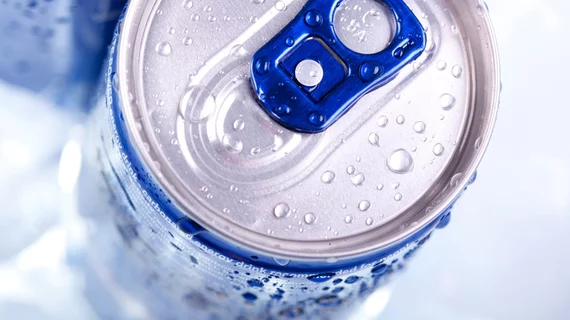Sugary drink consumption boosts risk of CVD, stroke in women
Drinking just one sugary drink per day can increase a woman’s risk of cardiovascular disease (CVD) by 19%, according to new findings published in the Journal of the American Heart Association.
The study focused on the sugar-sweetened beverage (SSB) consumption of more than 106,000 women from the California Teachers Study, which has followed the health of female teachers and administrators since 1995. Daily SSB consumption was compared to women who rarely drink SSBs.
In addition to the increased risk of CVD, drinking at least one SSB daily was linked to a 26% higher chance of needing a revascularization procedure and a 21% higher chance of stroke.
“Although the study is observational and does not prove cause and effect, we hypothesize that sugar may increase the risk of CVDs in several ways,” lead author Cheryl Anderson, PhD, MPH, MS, chair of the American Heart Association’s Nutrition Committee and a professor at the University of California San Diego, said in a prepared statement. “It raises glucose levels and insulin concentrations in the blood, which may increase appetite and lead to obesity, a major risk factor for CVD.
Anderson also highlighted that high sugar levels in the blood is associated with “oxidative stress and inflammation, insulin resistance, unhealthy cholesterol profiles and type 2 diabetes, conditions that are strongly linked to the development of atherosclerosis.”

